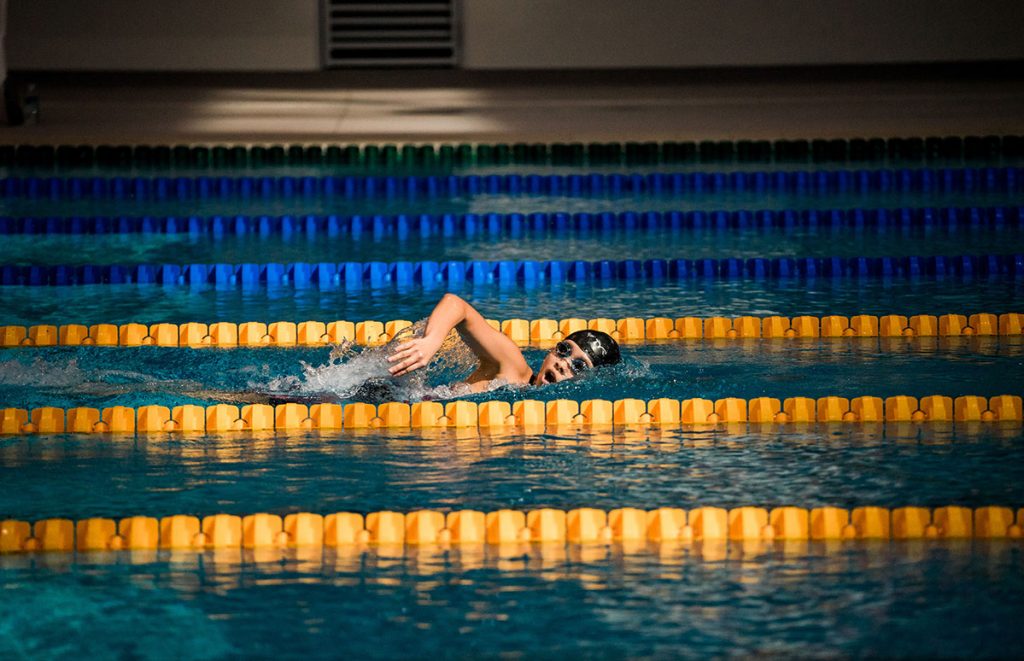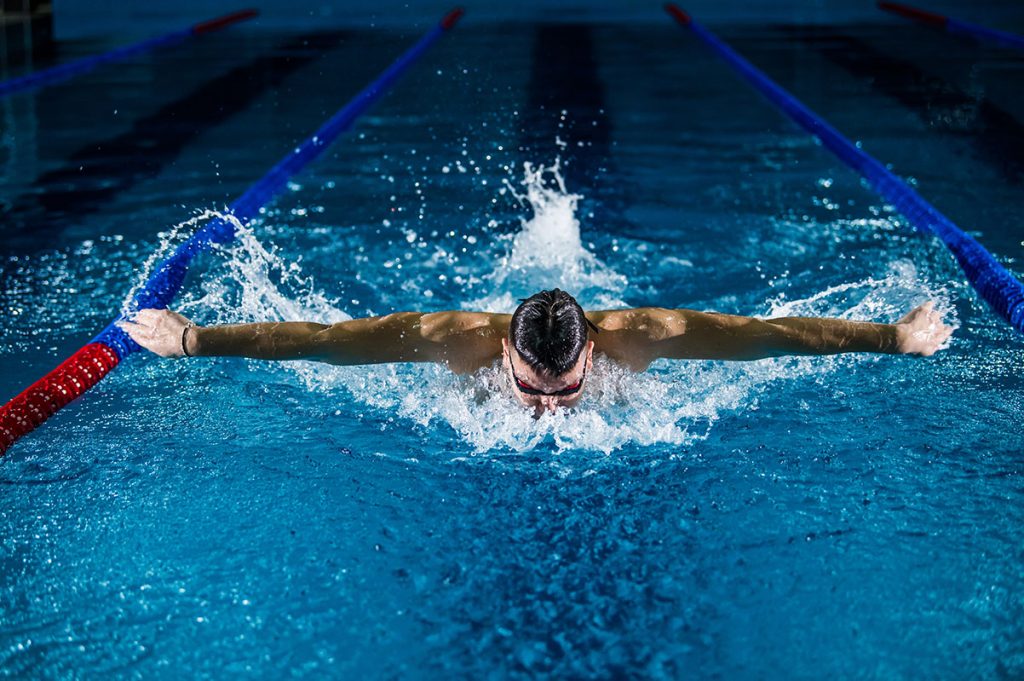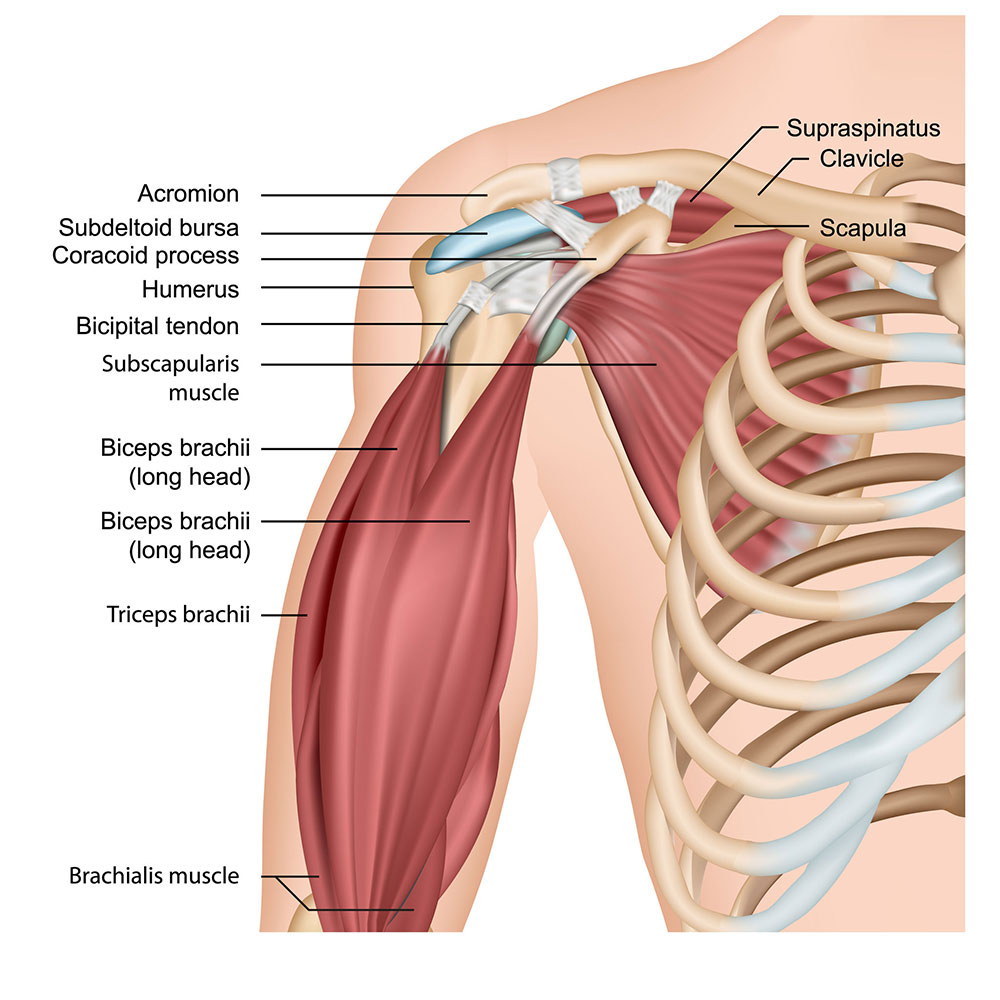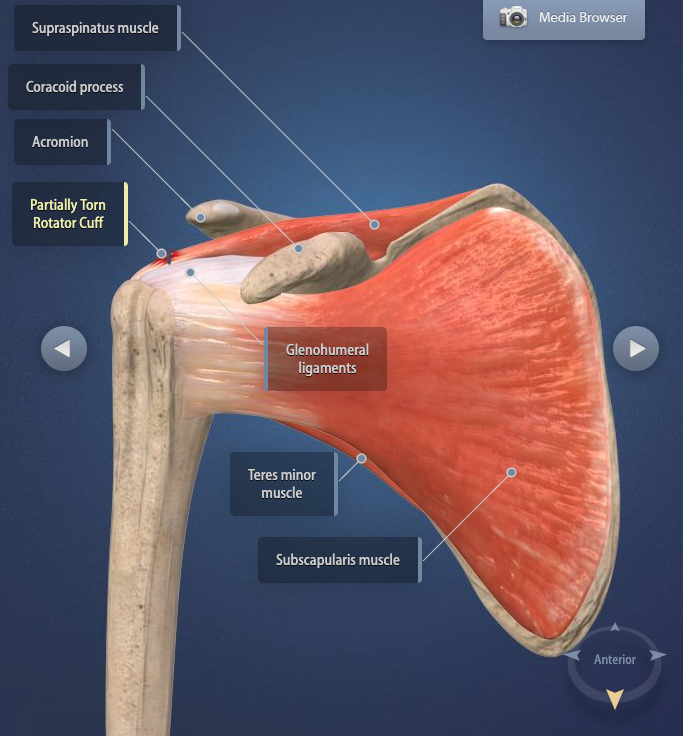Swimmer’s Shoulder: Symptoms, Causes & Treatments
Summer is in full swing, and many are turning to pools, lakes, and rivers for relief. With gym closures and restrictions still affecting fitness routines, swimmers are logging more solo lap time. This increase in activity raises the risk of Swimmer’s Shoulder and similar overuse injuries.
Swimming offers a safe way to exercise while maintaining social distance. It provides a full-body workout that builds endurance, strength, and cardiovascular fitness. Although swimming is low-impact on most joints, one common injury affects both recreational and competitive swimmers: swimmer’s shoulder.
Per the study Epidemiology of Injuries and Prevention Strategies in Competitive Swimmers in the US National Library of Medicine at the NIH:
“Shoulder pain is the most frequent orthopaedic injury in swimmers, with a reported prevalence between 40% and 91%… Swimmers at the elite level may swim up to 9 miles per day (more than 2,500 shoulder revolutions). Muscle fatigue of the rotator cuff, upper back, and pectoral muscles caused by repetitive movement may result in microtrauma due to the decrease of dynamic stabilization of the humeral head.”
These microtraumas, in turn, can lead to swimmer’s shoulder symptoms.
What is “swimmer’s shoulder?”
Swimmer’s shoulder, also called impingement syndrome, commonly affects athletes who use repetitive shoulder movements. This includes baseball, softball, and volleyball players, as well as swimmers.
The shoulder is the body’s most mobile joint, enabling a wide range of motion. However, this mobility makes it inherently unstable. Furthermore, its structure increases the risk of impingement syndrome. Unlike most bones, the shoulder’s muscles and tendons are surrounded by bone, leading to greater susceptibility.
The rotator cuff, which is a group of muscles and tendons that help lift the arm overhead, sits between the humerus (arm bone) and the acromion (top of the shoulder). Repetitive overhead activities (i.e. swimming strokes, throwing a softball, spiking a volleyball, etc.) can cause inflammation of the rotator cuff. As the muscles and tendons of the rotator cuff are surrounded by bone, this inflammation compresses the tendons and reduces blood flow. If left untreated, this condition can cause the rotator cuff to fray and lead to more serious conditions, such as a full rotator cuff tear.
Swimmer’s Shoulder Symptoms: Where does swimmer’s shoulder hurt?
The initial symptoms are often mistaken for soreness; however, it’s important to know the difference between normal muscle soreness and fatigue and the symptoms of an overuse injury.
Swimmer’s Shoulder Symptoms:
- Difficulty reaching behind the back
- Pain when the arm is extended overhead
- Localized pain and inflammation in the shoulder
- Pain that extends from the shoulder to the neck or down the arm
- Pain that worsens when resting/lying on the shoulder
- Tenderness
- Decreased range of motion, joint control or muscle performance
- Change in stroke pattern and/or “lazy elbow”
As for the location of the pain from swimmer’s shoulder, Team USA Triathlon explains it best:

“The pain from swimmer’s shoulder can be vague or more specific in the front or the back of the shoulder. It can be localized or radiate, and it can be exacerbated with the underwater pull or the recovery phase of the stroke. Sometimes the pain is minimal and the biggest problem is just a loss of speed, power, or pace! The cause of swimmer’s shoulder is usually not from one thing alone but from multiple factors, involving stroke mechanics, overuse, and generalized laxity of the joint.”
How is swimmer’s shoulder diagnosed?
To properly diagnose any type of shoulder pain that does not resolve on its own or is negatively affecting your performance, sleep or everyday activities, you should see an orthopedic shoulder specialist in your area.
During your visit, the doctor will perform a physical exam to pinpoint your pain’s location, radiation, and timing. They will test joint mobility, assess muscle strength, and discuss any recent changes in your training or activities that could have triggered shoulder impingement.
Depending on the results of this exam, your doctor may order further imaging – such as an X-ray to rule out anatomical causes and/or an MRI to see your shoulder’s muscles, tendons, ligaments and rotator cuff.
Swimmer’s Shoulder Treatment
More often than not, the treatment for impingement syndrome is nonsurgical and involves both swimmer’s shoulder stretching and physical therapy to strengthen the shoulder and regain mobility. If the impingement is severe, there are significant tears in your rotator cuff or your orthopedic shoulder specialist discovers nerve damage, surgical options may be warranted.
If you have any questions about swimmer’s shoulder or any other orthopedic injury and would like to talk to one of our orthopedic surgeons, please don’t hesitate to contact us.



6 Comments
Permalink
Thank you very much needed and very informational thanks you much again.
Permalink
The information is helpful, thank you.
Permalink
thank you
Permalink
Thank you, Very useful information !!
Permalink
I like this website it is very useful
Permalink
Thank you!